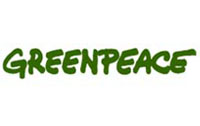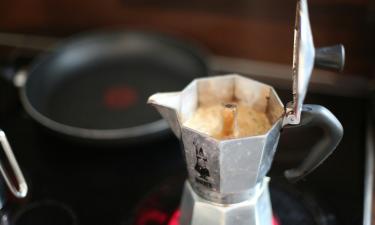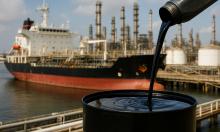Nuclear waste seeping into groundwater from French storage site, Greenpeace says

The environmental group presented the French Senate on Tuesday with a report saying that groundwater samples 10 kilometers (6 miles) from champagne vineyards showed contamination from the waste facility in Soulaines.
The group also took samples from near the other major nuclear waste site in France, in the Manche region on the English Channel, that they said contained radioactivity levels 170 times higher than European legislation allows.
Storing nuclear waste is difficult, costly, politically sensitive and potentially extremely dangerous - all of which are key arguments used against nuclear energy, the AP reports.
The French Senate was to debate a law Tuesday on what to do about France's 1.05 billion cubic meters (35 million cubic feet) of nuclear waste. The lower house of parliament passed the law in March, calling for storing the most dangerous waste deep underground in sealed containers. Other countries, including the United States, already bury nuclear waste.
The national nuclear waste agency issued a statement on May 24 in which it acknowledged a "defect in the design of storage air pockets" at the Aube facility, which is in the Champagne region.
Waste at the site is stored in successive concrete containers. While workers were filling in the concrete for the last container in April 2005, one of the inner containers cracked, the statement said.
The nuclear safety agency ordered it rebuilt, but classified the incident as "zero" on a zero-seven scale. The agency said it caused no environmental damage.
Currently, 85 percent of France's radioactive waste is stored in the Manche and Aube storage sites. The remaining 15 percent, which includes the most highly radioactive materials, are in temporary facilities around the country.
Subscribe to Pravda.Ru Telegram channel, Facebook, RSS!





